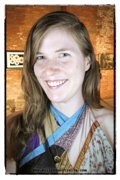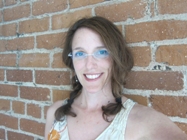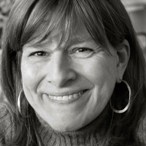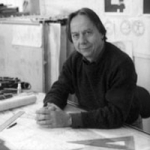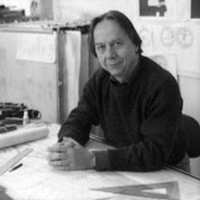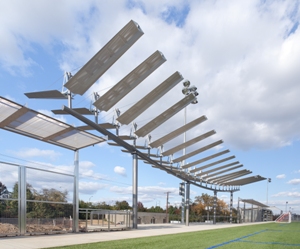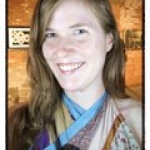
Kaity Nicastri
Showing Others What We Do
Posted by May 15, 2012

Kaity Nicastri
Editor's Note: Following Public Art Network Council Member Sioux Trujillo’s post, project partner Kaity Nicastri describes the benefit of using logic models in evaluation.
Evaluation. That’s a hefty word. Most people cringe when they think of evaluation, but it’s really not that scary and doesn’t need to be feared.
With the arts in mind, evaluation can take on many forms—it can be programmatic, project-based, user/patron feedback, monitoring sales/attendance, but they all have a unifying theme: understanding the impact of your work.
I started working with a community public art program over two years ago as a Master’s-level intern from the University of Michigan’s Community Based Initiative. With a concentration in policy and evaluation, I fit the nerdier side of social work. I’m not your average caseworker.
In my new role, I was faced with a program that had surveys, but no real evaluation and no understanding of the results of the surveys. Simultaneously, taking a technical evaluation course, I started with a logic model. This process is truly the crux of all good evaluation. If you don’t understand what you are trying to accomplish, evaluation will mean very little.
Through the logic model, I learned invaluable information about the structure of the program and goals of the directors, funders, and participants for various investments in the program. The logic model process created a useful document that informed my evaluation knowledge and development.
Read More
